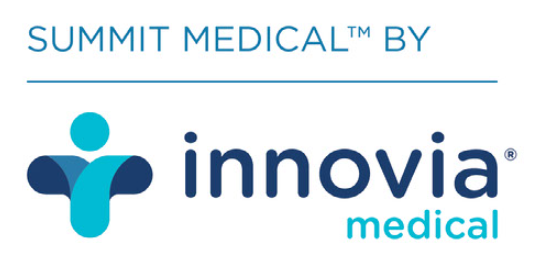23 Sep The Value of Simple
Before you read the wonderfully crafted guest blog by Jeff Swanson below, we recommend you read our first CycleTrak blog that introduces the product and gives an overview of the robotic module as a whole. If you want to get right into it, see below for a quick summary of CycleTrak.
The CycleTrak robotic module tracks and records reprocessing cycles for da Vinci Xi®, Si®, SP® instruments and accessories. CycleTrak’s development is a direct response to the FDA’s recent guidance that states devices with a specific maximum number of reprocessing cycles not be exceeded.”

The Value of Simple by Jeff Swanson
Leonardo da Vinci once said “simplicity is the ultimate sophistication.” When we are talking about CycleTrak we often reference the design principles as affordable, focused and simple. So, was our objective to develop a solution that not only tracks reprocessing cycles on reposable instruments but also does it in a “sophisticated” way? No, not really. We chose simple as a core principle because we believe that simplicity drives two things: increased usage and reduced total cost of ownership.
A solution (product, tool, procedure, etc.) that generates a high-level of value but is very complex may not be used on a daily basis because of its complexity. People may not have the proper training, or may simply avoid a complex solution because they “don’t get it.” In any case, a solution that has low usage doesn’t produce the high-level of value for which it was intended.
On the other hand, a solution that generates a high-level of value and is simple has a better chance of being used on a daily basis. A simple and intuitive design provides a foundation for a positive user experience. Positive user experience is a contributor to an environment of high-usage allowing the owner to harvest the solution’s full value.
In short, if a solution doesn’t get used, its value contribution is hindered. If a solution does get used, its value contribution is realized. And simplicity drives usage.
“Total cost of ownership” or TCO is used as a purchasing decision tool to help compare competing alternatives by bringing all of the “ownership costs”, in addition to acquisition cost, into the decision process. TCO is defined as the initial purchase of an item plus all of the costs of using that item for its entire life. For example, the TCO of a home printer is the cost of the printer plus all of the paper and ink for the life of the printer. Using TCO in your decision process may reveal that low-price printer may actually cost you MORE in the long-run because of its high paper and ink costs (unfortunately, I’ve learned that lesson several times!).
It is our belief at Practico Solutions that simplicity reduces TCO because a solution that is simple requires less training and support (decreasing lost-time while waiting for resolutions) and shorter implementation times. Less time equates lower overall costs.
So, why did Practico Solutions choose simple as a core design principle for the CycleTrak Robotic Module? Because, in order for CycleTrak to be an effective solution we knew that it had to be “used” every time an instrument was reprocessed. Therefore, we wanted to make using CycleTrak a convenient and positive experience by removing as many of the “usage speed-bumps” as possible. In addition to that, we wanted to minimize post-acquisition costs as much as possible.
Maybe that is sophisticated.
Learn more about CycleTrak at MyCycleTrak.com.
Jeff Swanson
Principal Owner
Practico Solutions
About the Author

Jeff is a savvy and versatile executive with over 30 years of experience delivering exceptional achievements in the information technology software and services industry. He is a decisive, adaptable, action-oriented and hands-on leader successful in orchestrating the identification, definition, creation and launch of new products, processes and services. He has held a diverse set of roles including application programmer, systems engineer, product manager, marketing manager, sales manager and general manager. Additionally, he has broad-based leadership experiences having lead teams of all sizes in organizations ranging from start-ups to Fortune 500 companies.
